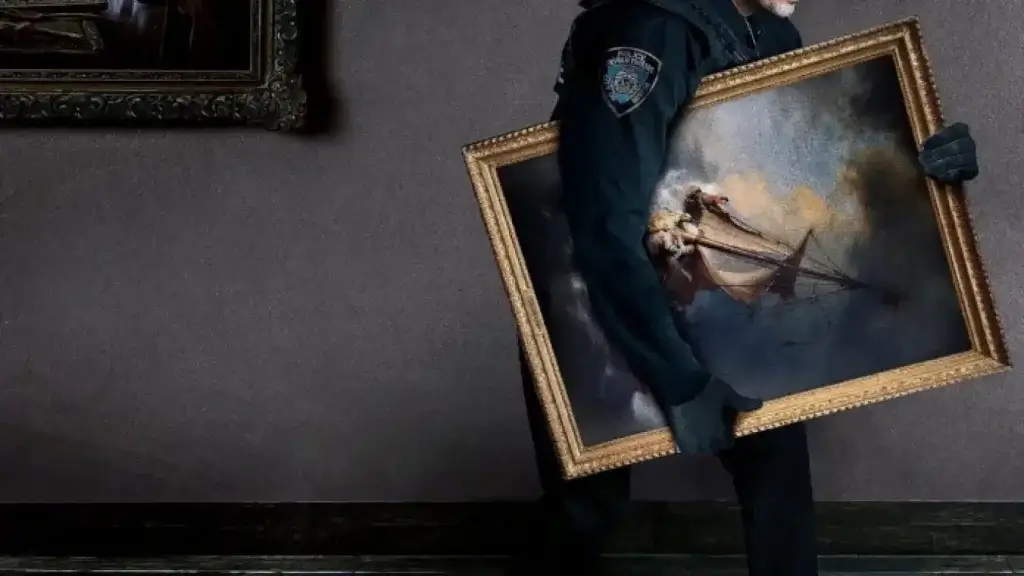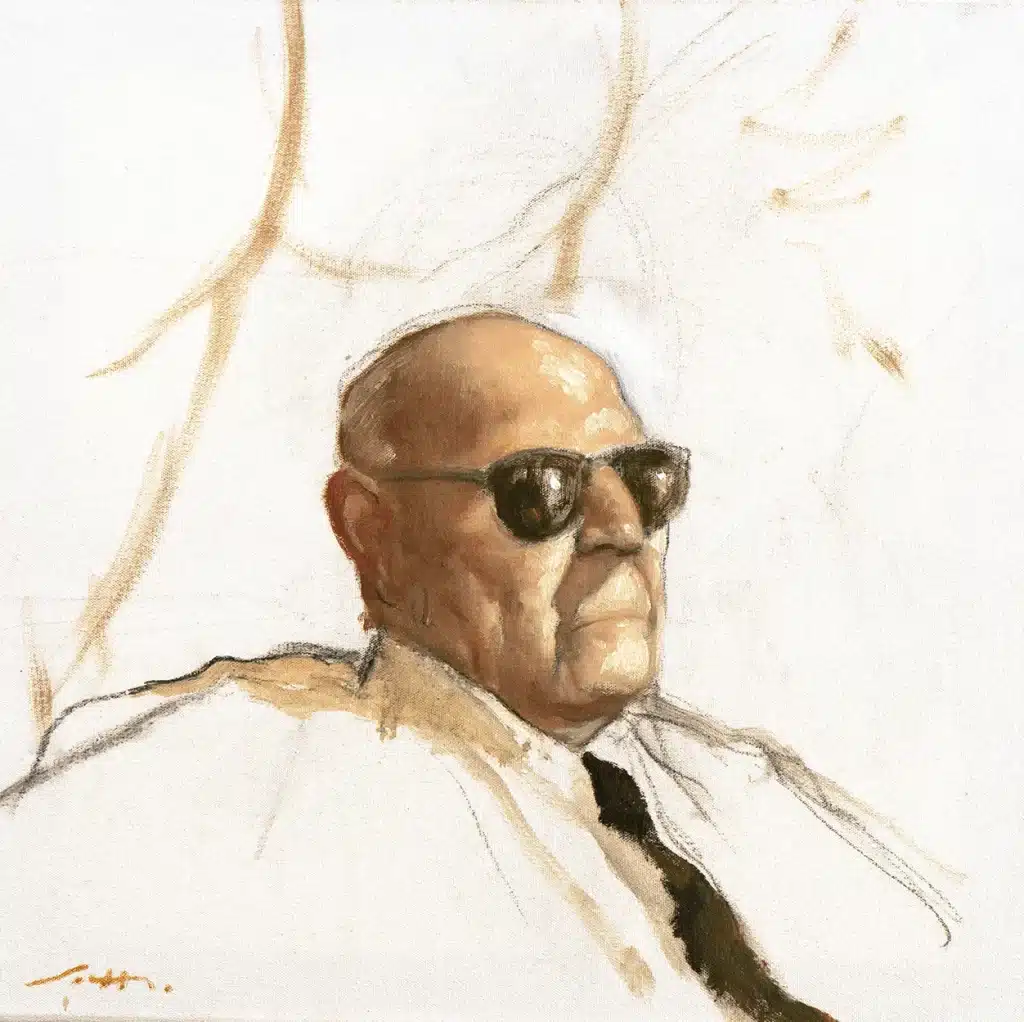1. The two thefts of the Mona Lisa
The Mona Lisa, one of the most iconic and enigmatic masterpieces in the history of art, has been the subject of several thefts over the years, which has added an aura of mystery to its history. The most famous theft occurred in 1911, when Vincenzo Peruggia, a former employee of the Louvre, removed it from the Museum. Peruggia hid the paint under his clothes and stayed with it throughout his shift at night. The robbery stunned the world and sparked a frantic search throughout Paris. Surprisingly, the masterpiece was recovered in 1914 when Peruggia tried to sell it to an Italian collector on the pretext that, being an Italian work, he was doing the country a favor by wanting to return it.
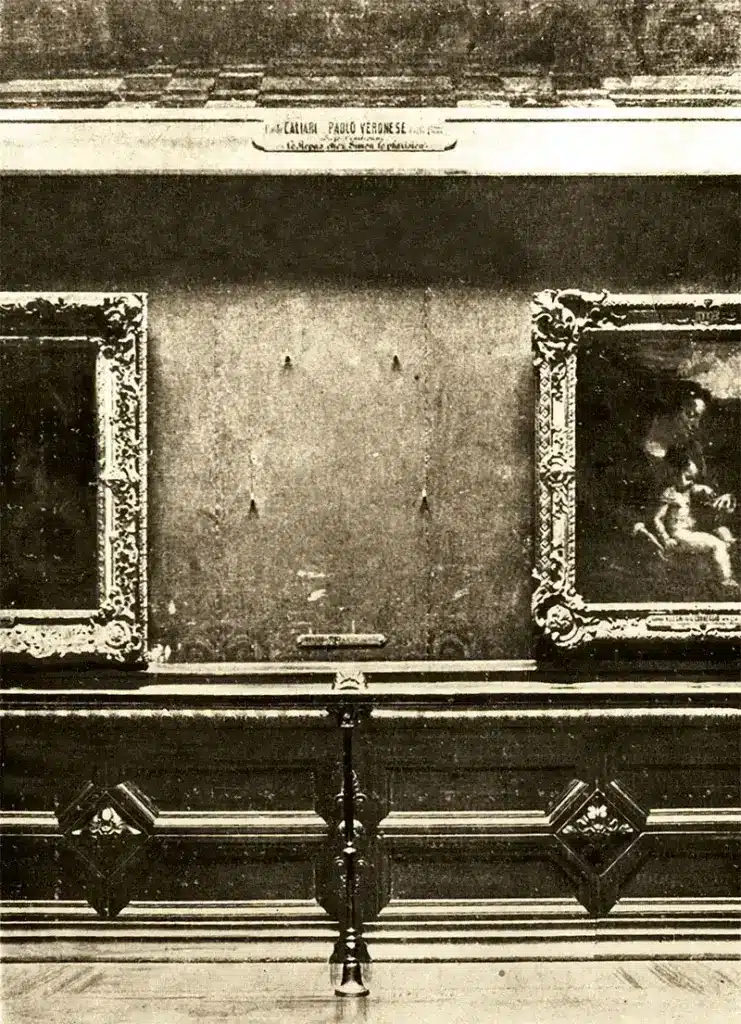
Although the 1911 theft is the best known, the Mona Lisa has been the subject of other theft attempts over the years. In 1956, someone threw acid on the painting, but thanks to the quick reaction of the museum staff, significant damage was avoided. In more recent years, state-of-the-art security systems have been implemented to protect the famous construction site, including motion sensors, surveillance cameras and bulletproof glass panels. Despite multiple theft attempts and attacks, the Mona Lisa remains one of the most visited attractions at the Louvre.
2. The robbery at the Isabella Stewart Gardner Museum
Occurring on March 18, 1990 in Boston, Massachusetts, it is the largest art theft in history. Two men disguised as policemen entered the museum with the excuse that they had to check because they had been called on several occasions for disturbances. They proceeded to ransack the museum after subduing the staff, taking 13 priceless masterpieces, including paintings by Vermeer, Rembrandt, Manet and Degas, among others. The estimated value of the stolen pieces exceeded $500 million, but their artistic and cultural value was incalculable. Despite decades of investigations and efforts, the works have still not been recovered, and the mystery of the theft remains unsolved, leaving a void in the museum’s collection and in the art world in general.

3. The most stolen painting in the world
The thefts of Rembrandt’s “Jacques III de Gheyn” have been an intriguing and puzzling case in the art world as it has been stolen in 1966, 1973, 1981 and 1986 by different thieves from the Dulwich Picture Gallery in England. This painting, also known as “Jacques de Gheyn III”, is an etching by the famous Dutch painter Rembrandt van Rijn in 1632.
The most famous theft occurred in 1966 at Duke University, where it was stolen and replaced by a copy. Then, in 1981, it was stolen again from the Dulwich Gallery in London, but the painting was recovered shortly thereafter. These thefts have created an aura of mystery around the work, which has increased its notoriety and value in the art market.
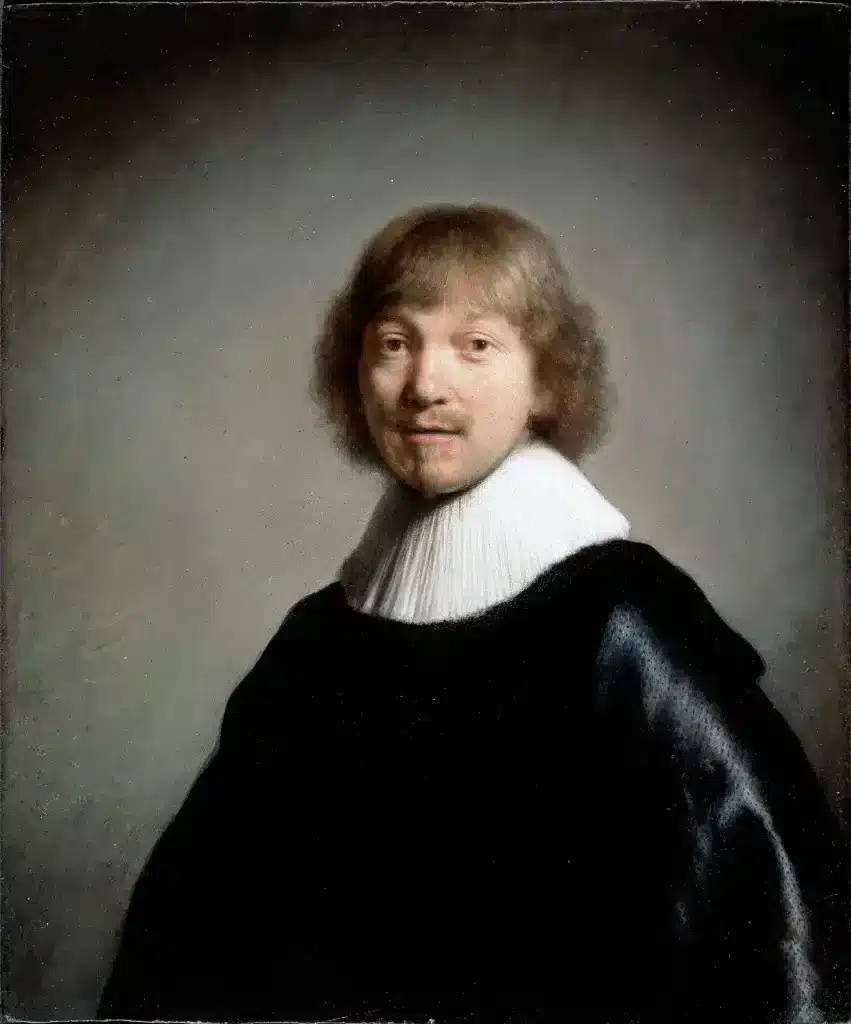
4. The theft of two Van Goghs at record speed.
During the early morning hours of December 7, 2002, two thieves entered the museum through the roof using a ladder and then escaped in an apparently well-planned act. This robbery lasted only 3 minutes and 40 seconds and two valuable paintings by Vincent van Gogh were taken: “View of the Sea at Scheveningen” and “The Potato Eaters”. The combined value of the works exceeded 30 million euros.

5. Munch’s Scream
This has been one of the most notorious and emblematic art thefts in history. The incident occurred on February 12, 1994 at the National Museum in Oslo, Norway. In 50 seconds and with only a wooden ladder, one of the most famous robberies in the art world was achieved. The thief climbed into the Munch room of the National Gallery in Oslo, broke through a window and cut the cable holding the painting to the wall.
Pal Enger had planned the robbery for four years, as he confessed in 2008 to the Norwegian newspaper VG. “It wasn’t the money that moved me to do it, it was the challenge and the game.” The thief hid the famous painting among the table tops of the dining room table on which his family ate every day. As Enger noted in his confession, he was very amused to learn that his family was snacking on the painting while the police searched the country for the painting.
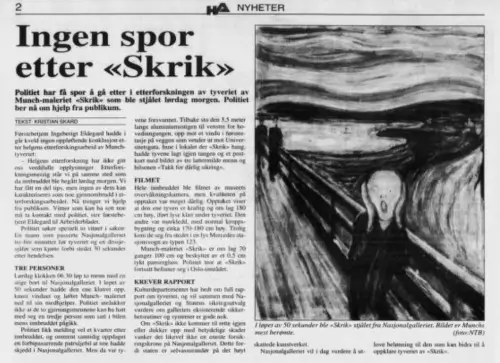
The painting became a cultural icon and its disappearance sparked debates about museum security and the protection of artistic heritage. Despite relentless efforts by the police and international cooperation, more than two years passed before significant progress was made in the case. In May 1996, the painting was finally recovered in a joint Norwegian and British police operation. However, the theft had left traces on the construction site, with minor damage to the corners. After its restoration, “The Scream” was returned to the National Museum in Oslo, where it remains one of the most precious and protected pieces of Norwegian cultural heritage.

